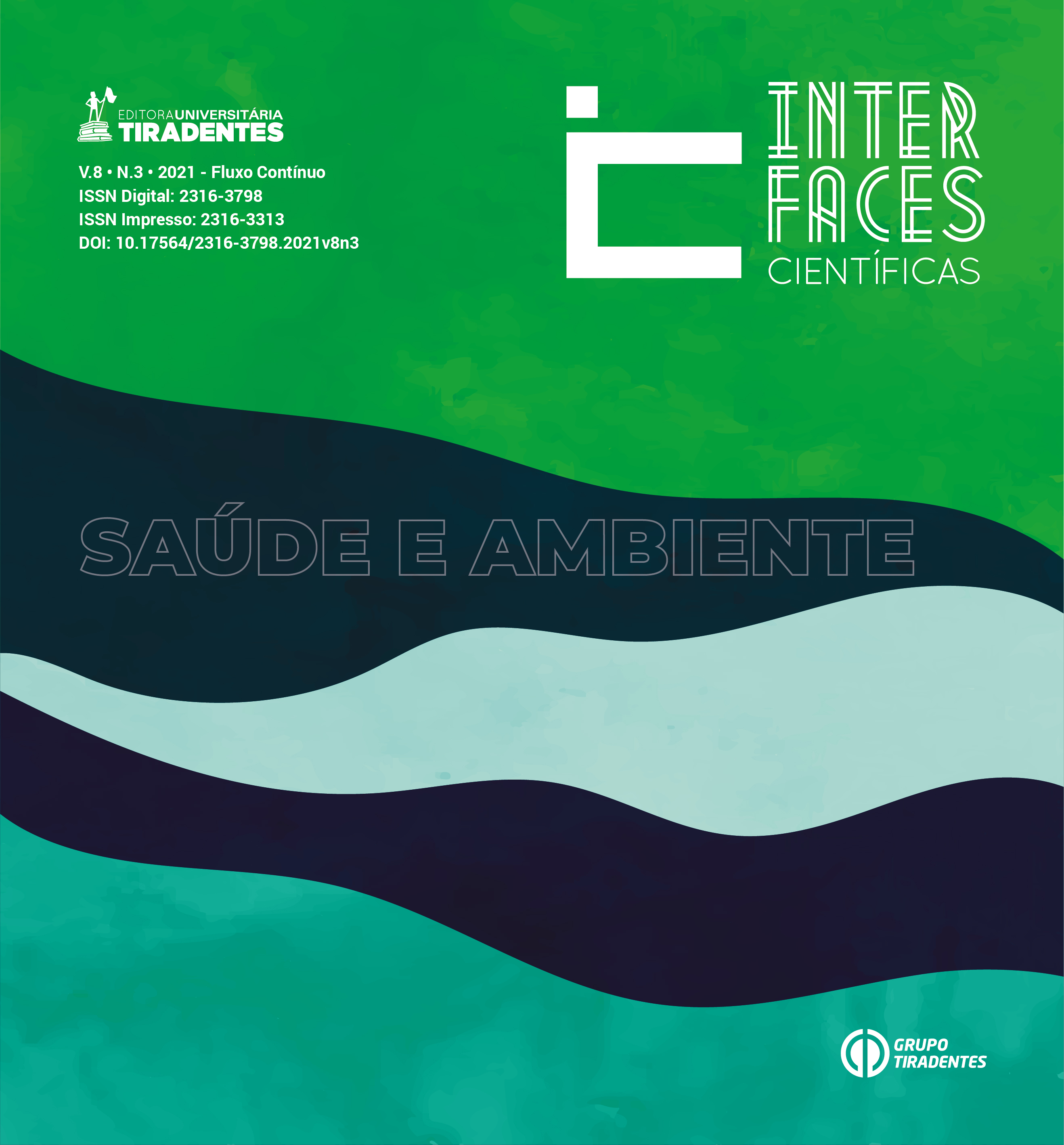Isoenzymes of Aedes aegypti found in Baixada Cuiabana, Mato Grosso, Brazil.
Variability in esterase of a vector
DOI:
https://doi.org/10.17564/2316-3798.2021v8n3p470-485Published
Downloads
Downloads
Issue
Section
License
Autores que publicam nesta revista concordam com os seguintes termos:
a. Autores mantêm os direitos autorais e concedem à revista o direito de primeira publicação, com o trabalho simultaneamente licenciado sob a Licença Creative Commons Attribution que permite o compartilhamento do trabalho com reconhecimento da autoria e publicação inicial nesta revista.
b. Autores têm permissão e são estimulados a distribuir seu trabalho on-line (ex.: em repositórios institucionais ou na sua página pessoal), já que isso pode gerar aumento o impacto e a citação do trabalho publicado (Veja O Efeito do Acesso Livre).
Abstract
The outbreak of arbovirus vectors may result from a combination of human population growth, urbanization in tropical areas and a large expansion of the geographic distribution of Aedes aegypti. The objective of this research was to identify the populations of this vector in urban areas of four municipalities in the Baixada Cuiabana, using ovitraps, captured between October 2015 and November 2016. The electrophoresis technique was used, which aims to investigate the expression of esterase in biological samples in different environments. Esterases, such as carboxylesterase and cholinesterase, are involved in the development of resistance to chemical compounds in several insects, including the genus Aedes. The staining intensity of the gels was classified as "expressed bands", with weaker staining; and "overexpressed bands", with a darker color, indicative of the stronger presence of esterases. The analyses by the Mann-Whitney test of the Ae. aegypti population showed variability in esterase expression patterns with time, seasons and sites, which may undergo selection pressures related to the rainfall regime. An important factor that represented a higher frequency of isoenzyme overexpression was the beginning of the rains, in November/2016. Variations in the expression of bands between individuals of a population and between populations within the same species in different periods and places were conclusive of the vector populations as polymorphic.




















